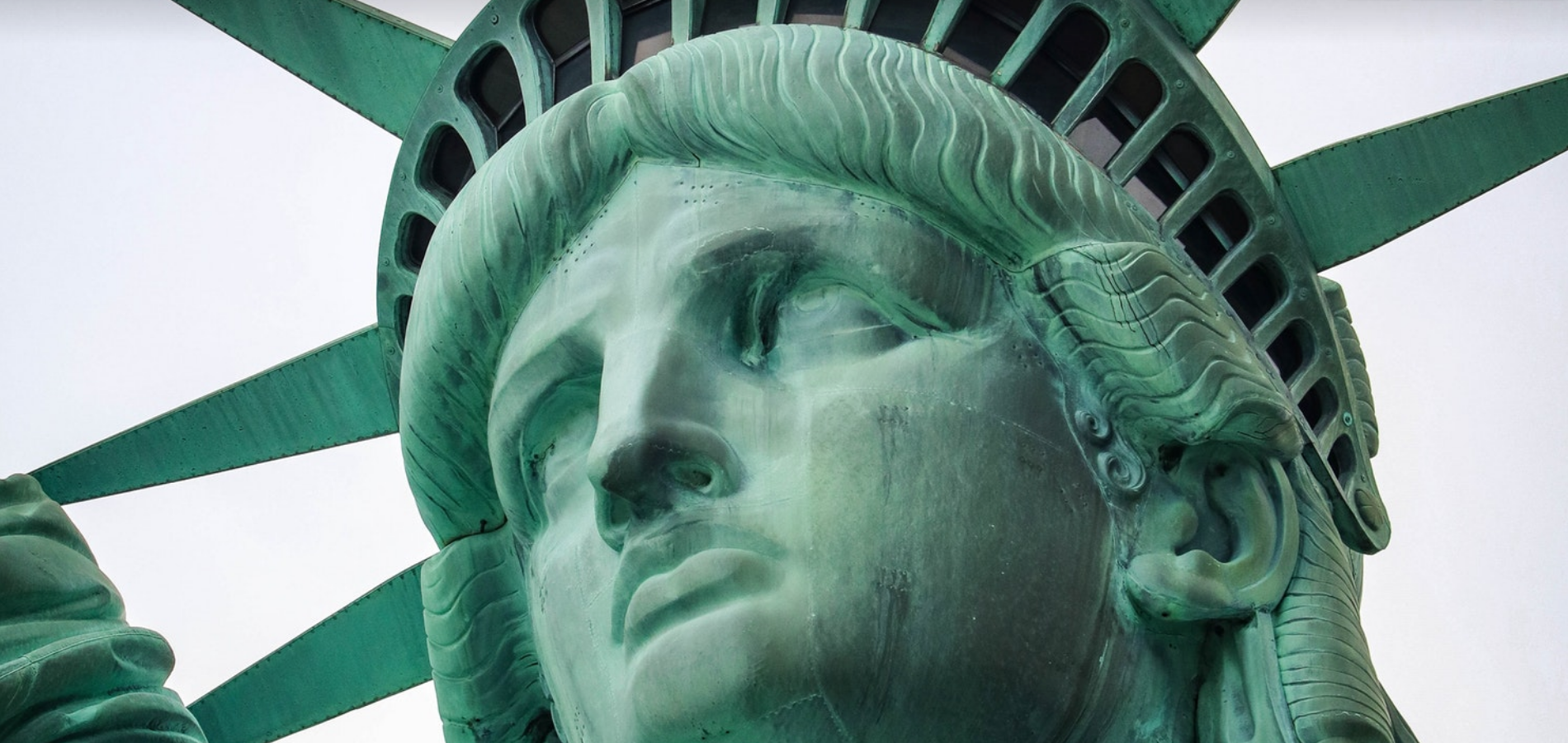
2,200 Year-Old Coin Discovery Proves Story of Chanukah
For far too long, the stories of persecution against the Jewish people have been brushed aside as exaggerations or even complete falsehood. Despite Antiochus IV Epiphane having been a real historical figure — as is the Hasmonean War — there are elements of the Chanukah story which have been met with skepticism.
That is now a thing of the past: archaeologists from the Survey and Excavation Project in Israel have uncovered a cache of 2,200-year-old silver coins in a preserved box (along with a purple cloth and some wool padding) near the Dead Sea. These fifteen silver tetradrachma were minted, at the latest, in 170 BCE by Ptolemy VI, who had ruled Egypt at the same time that Antiochus IV Epiphanes began persecuting Jews. This cache is the first physical proof that righteous Jews fled to the Judean Desert to escape the harsh rulings of Antiochus and continue practicing their faith.
The archeological significance of this find is that it proves the flight of righteous Jews to the desert, when it used to be a claim without physical evidence. Previously, the main source of the Jewish rebels and refugees in the Hasmonean Revolt were written in Maccabees — a Catholic text rather than a piece of Jewish canon. The verse which specifically mentions the escape of righteous Jews to the desert is written in Maccabees 2:29: “At that time, many who sought righteousness and justice went to live in the desert.”
This is not the only discovery of historical significance in the area. “The Survey and Excavation Project carried out by the Israel Antiquities Authority (IAA) in the Judean Desert over the past six years has proved itself,” says Amir Ganor, the director of this investigation. The archaeologists have found thousands of artifacts that have been unplundered and preserved by the climate of the area, from multiple time periods rife with rebellion and Jewish persecution. They have found everything from biblical scrolls and letters, to arrowheads from the Bar Kochva Revolt, and so much more.
While there is no way to determine the owner of these coins or where they came from, Eitan Klein of the IAA corroborates that people historically and repeatedly escaped to the Judean Desert during times of war and persecution: including at the time of the story of Chanukah. “They’d leave their homes and take only their important items,” he explains.
This specific excavation is in the Muraba’at Caves, in the Nahal Darga. Klein points out that the closest Jewish settlement at the time would have been a long walk away, and were also quite difficult to reach on foot. To move to the Caves was an act of true desperation. “In general when we find a cache of coins, they tell us a story of war….people don’t run off and leave their life savings,” Klein continues. In calculating the economic state of the region at the time of the Hasmonean War, he posits that these coins are worth about two months’ salary. These coins were potentially the owner’s life savings, in hopes that they would return to civilization when the war against Judaism was over.
This could just be the start of more discoveries to come. Klein says the caves still offer a huge potential for more excavations and work there will be ongoing. With rising antisemitism, this evidence, arriving just before Chanukah, could be seen as a wink from God, giving us a reminder that the miracles we experienced in the past were real. He was with us then and will continue to be as we navigate this increasingly scary time. The words of Al ha’Nisim – the extra prayer we say during Chanukah candle lighting and grace after meals ring truer than ever: “And for the miracles and for the wonders and for the mighty deeds and for the salvations and for the victories that you wrought for our ancestors in their days and in this day.”
If you found this content meaningful and want to help further our mission through our Keter, Makom, and Tikun branches, please consider becoming a Change Maker today.








4 comments
Sort by
Um…”Maccabees” is not a “Catholic” text. It’s a book, originally written in Hebrew some time around 100 BC. It’s considered a canonical part of the Old Testament by the Catholic and the Orthodox churches, but not by the Protestants or the Jews.
“A wink from G-d” is a powerful insight. Thank you for providing it! Ms. Goldberg, you’ve helped bolster the emunah that we will have as we continue to recite the words “in those days, in our time” throughout Chanukah.
Yes, we truly are obligated to believe that the same spiritual influence that imbued the events of each holiday is present on that day year after year, for all time. It’s encouraging to see that reminder of the miracles that Hashem will continue to do for Am Yisrael.
A happy and blessed Chanukah to all!
this piece of naarishkeit is not up to the standards of this website. no historians question the basic events of the Maccabea revolt, recorded in the contemproarnious *Jewish* *books* of the Msccabees. This find doe not “prove” anything abotu the chanuka story that everyone did not already know.
We weren’t saying it proves the entire story of Chanukah. It corroborates the part of the story where they fled with archeological evidence.